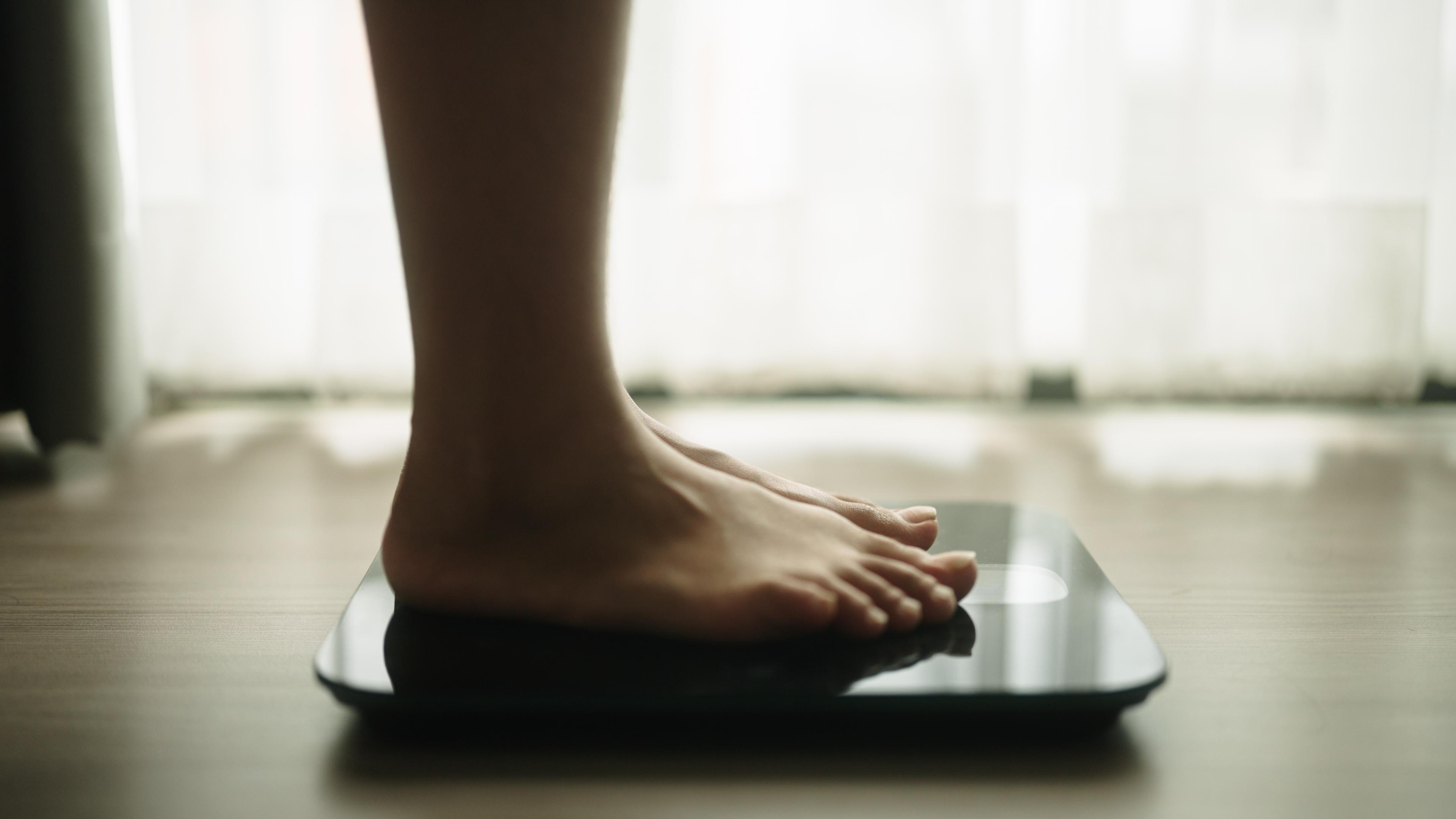
Growing up, exercise was what Equip Peer Mentor Jillian Yatso-Bukoski called “the centerpiece” of her life. She pursued competitive dance as a child, and ventured into competitive rock climbing as a young adult. “Both of these sports were my identity—the reason I got out of bed in the morning, my source of perceived worth,” she says. “But also my fuel for restrictive eating.” Exercise, of course, can be perfectly healthy for many (or even most) people, but as Yatsko-Bukoski's story illustrates, compulsive exercise and eating disorders often go hand-in-hand.
Leading up to her first international climbing competition, Yatso-Bukoski says she severely restricted her food intake while “training my body into the ground.” She says this culminated in a sobbing breakdown after her qualifying round in France, leaving her “hungry, exhausted, and emotionally at one of my lowest points.” On the other side of the world, friends, family members, and sponsors woke up to the news of her making the finals and messages of praise began to roll in.
“My suffering for this sport felt invisible,” she says. “Starving and torturing yourself to excellence looks an awful lot like dedication to those around us. You begin to veil your self-destruction as inspiring motivation.”
Learn more about the unique eating disorder risks faced by athletes, and how Equip supports them.
What to know about compulsive exercise and eating disorders
Yatso-Bukoski’s experience is quite common and not exclusive to athletes. While it’s tough to nail down an exact definition or even a single name for the phenomenon, over-exercise, compulsive exercise, overtraining—whatever you want to call it—often exists alongside disordered eating. Some experts use the term “addiction” to describe “excessive and obsessive” patterns of exercise, and estimate that anywhere from 3-9% of individuals are affected worldwide. Others take issue with the term “addiction” and say characterizing the issue as “problematic” is perhaps more precise and less stigmatizing.
However you label it, compulsive exercise is an issue that’s often enmeshed in disordered eating but can go unnoticed or even be wrongly celebrated because of pervasive cultural messages conflating “self-discipline” with success.
“People are often praised for spending early morning hours in the gym instead of sleeping adequately or eating breakfast with their children,” Yatso-Bukoski says. “Not only do we hide eating disorders under banners of health, but we have gone further to create a fitness niche called ‘fasted fitness’ where people are encouraged to exercise in a malnourished state because the shape of our bodies are more important than the wellness of our spirits. The most insidious part of this niche is that those who have gone the longest without eating prior to their exercise are praised as being the most committed to their ‘health and fitness.’”
Former college football player and current mental health advocate Patrick Devenny, who once struggled with bulimia, says excessive exercise is the number one thing he emphasizes when speaking about eating disorders. “The reality is that ‘bro science’ and gym life affirm and glorify overexercise and people have begun to associate overexercise and pushing yourself to burn calories as a badge of honor,” he says. “There is so much harm being done to the mind and body when this kind of gym culture exists.”
Board-certified pediatrician and Equip’s VP of Medical Affairs, Katherine Hill, MD, says that compulsive exercise is something she’s become familiar with in her profession, but is also an issue she witnessed firsthand during her days as an NCAA Division I swimmer. “Problematic exercise is extremely common in people with eating disorders, and is often the primary behavior that sets off the eating disorder in the first place, almost always with great intentions,” she says.
Hill says the external validation so many individuals get when they apply a “more must be better” mentality to exercise only serves to reinforce problematic behavior—even for those in the throes of a life-threatening eating disorder. “The trickiest part about exercise is that it is not only socially acceptable to exercise, but also socially acceptable to exercise to the extreme,” she says. “Training for a marathon or ultramarathon, for instance, is often seen as more impressive and more ‘healthy’ than training for a 5K. Too often, exercise behaviors that started in moderation to improve health become compulsive, to the point where people are exercising when sick, injured, or fatigued without taking a day off.”
Can exercise ever be part of eating disorder recovery?
Understandably, there are a lot of varying opinions about the role movement can (or should) have in eating disorder recovery. Some experts advocate for a total abstinence from exercise, and others believe some form of physical movement is necessary for long-term healing of ingrained body image issues. Hill says that she’s a big believer in moderate exercise done “for the right reasons” and that learning to integrate movement into a healthy lifestyle can improve physical and mental well-being. However, given the societal pressures around the “more is better” mentality, it can be challenging for those in recovery to strike a balanced relationship with movement.
“I tell patients that they need to be both medically and behaviorally cleared for exercise,” Hill says,“What this means is that they need to have stable vital signs and labs, but they also need to be completing meals and snacks and not engaging in compulsive exercise behaviors for the purposes of weight loss or modifying their body.”
Hill adds that at Equip, the decision to allow exercise in recovery is a decision made with input from the entire care team, including input from the patient and families. “I tell families that we all want the same thing—for the patient to be doing all the activity they want to do, but for it to be done in a safe way for the right reasons,” she says. “I have seen the addition of activity go both ways in recovery, and it can be very discouraging if we advance too quickly. Because of this, we typically start slow with lower intensity activities like yoga or walks before increasing in volume and intensity to set our patients up for success.”
Devenny says that he was able to include exercise in his routine throughout recovery—but with some major modifications and caveats. “It was a necessity for me,” he explains. “To quit all things cold turkey would have been too much and I would have fought it and probably never recovered. I am grateful that in my recovery I was able to exercise, albeit at a monitored and very, very scaled back version of what I was used to. But it gave me a little compromise in order to focus on my relationship with food. As a byproduct, I overcame my need or desire to over-exercise.”
For Yatso-Bukoski, repairing her relationship with exercise was one of the toughest parts of her recovery journey, but an endeavor she’s so grateful she had the opportunity to take on. “I have always been extremely competitive and for so long I was told that I had to stifle that part of myself in order to enjoy athletics again. It was impossible with the constant triggers of diet culture always challenging us to be more driven, more dedicated, more disciplined. The light came on when I chose to lean into my competitiveness rather than try to stifle it. I challenged myself to find mindfulness during cycling instead of burning more calories than my last ride, to complete proper breathing cycles in yoga to calm my mind instead of holding my plank longer than the person next to me, and to challenge myself to get a good night’s sleep instead of attending a 5 a.m. workout class.”








